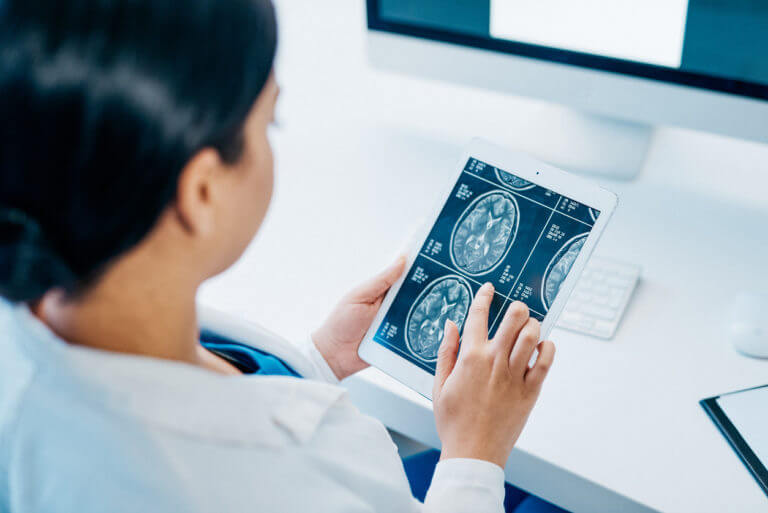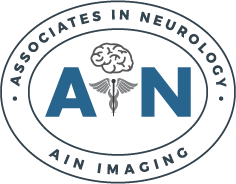
Cervical dystonia, also known as spasmodic torticollis, is a rare disorder that usually affects middle-aged individuals, particularly women. The condition causes the neck muscles to involuntarily contract and the head to uncontrollably tilt either backward or forward.
Cervical dystonia is predominantly progressive in nature: in most patients, the disease substantially gets worse over time, but for some, it can plateau.
There is currently no known cure for cervical dystonia; the goal of the treatment is just to mitigate its symptoms, decrease functional disability, and improve quality of life. Below is a list of the treatment options available for cervical dystonia.
Medications
Your doctor may recommend botulinum toxin (Botox), which blocks certain chemical signals from nerves that cause your muscles to contract. Your doctor will inject Botox into your neck muscles that are triggering your symptoms.
Most patients who receive Botox injections see a remarkable improvement in their condition after their first session, although repeated injections may be necessary every three to four months to achieve optimal results.
Your doctor may also prescribe muscle relaxants and/or anticholinergic drugs. Anticholinergics are medications that inhibit nerve impulses that prompt involuntary muscle movements.
Physical Therapy
Your doctor may also recommend physical therapy, which has shown to be significantly beneficial for your condition. Your physical therapy program could include the following techniques and modalities:
- Heat packs and massage to relax neck and shoulder muscles
- Exercises that improve neck strength, body posture, and flexibility
- Sensory tricks to temporarily halt spasms- For example, raising your arm and placing a finger near the dystonic muscle or touching the opposite side of your face or the back of your head
- Stress reduction plan (breathing exercises, meditation, etc.) – This helps prevent flare-ups.
Surgery
If conservative interventions fail to manage your symptoms, your doctor may recommend surgery, which could be any of the following:
- Deep brain stimulation- This involves guiding the tip of a thin wire through a small hole in your skull and placing it into the portion of your brain that controls movement. Electrical pulses are then transmitted through the wire to interrupt the nerve signals responsible for making your head twist or tilt.
- Selective denervation- This involves severing the nerves that carry the contraction signals to the dystonic muscles.
Treatment for Cervical Dystonia in Southeast Michigan
The highly skilled specialists at Associates in Neurology constantly strive to deliver exceptional clinical outcomes for the full range of neurologic disorders—including cervical dystonia—helping countless patients in Southeast Michigan live well with or even conquer their conditions.
To start receiving the specialized care you need, call us today at (248) 478-5512 to schedule a consultation at one of our convenient locations. Or, if you prefer, use our secure form, and we will promptly get in touch with you.


